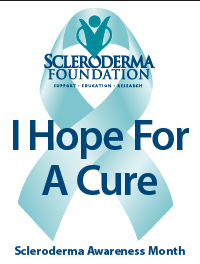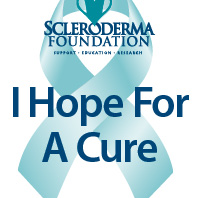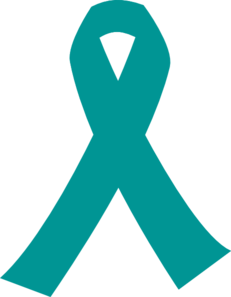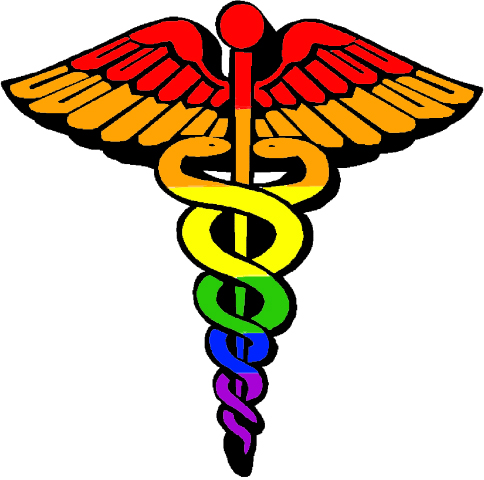Last Updated on October 21, 2024
June is National Scleroderma Awareness Month, meant to raise understanding of the chronic autoimmune disease. Scleroderma attacks a patient’s connective tissue with one’s own immune system. First diagnosed in 1754, scleroderma affects women, men, and children. An estimated 300,000 people in the United States have scleroderma. For many, it can be a life-threatening disease. There is no known cause or cure.
 Symptoms of scleroderma include the tightening, swelling, stiffness, or pain in fingers, toes, hands, feet, or face; puffy or discolored skin; and fatigue or feeling tired. Fingers and toes may react strongly to cold, appearing white and hurt, as well as red spots or ulcers on affected joints and areas. Scleroderma can also affect internal organs—occurring in roughly a one-third of cases—causing shortness of breath or problems digesting food, including heartburn, trouble swallowing, or food moving slower than usual through your system. The symptoms vary greatly for each person, and can all range from mild to severe. If you exhibit any of these symptoms, be sure to consult a doctor.
Symptoms of scleroderma include the tightening, swelling, stiffness, or pain in fingers, toes, hands, feet, or face; puffy or discolored skin; and fatigue or feeling tired. Fingers and toes may react strongly to cold, appearing white and hurt, as well as red spots or ulcers on affected joints and areas. Scleroderma can also affect internal organs—occurring in roughly a one-third of cases—causing shortness of breath or problems digesting food, including heartburn, trouble swallowing, or food moving slower than usual through your system. The symptoms vary greatly for each person, and can all range from mild to severe. If you exhibit any of these symptoms, be sure to consult a doctor.
Though life-threatening, the five-year survival rate of scleroderma patients is encouraging at 85%. Most patients are diagnosed between the ages of 30-50. While there is no known cause, scleroderma is not contagious. Research into causes or a cure for the autoimmune disease continues, with stem cell transplants a recent area of trial.
For scleroderma patients, there are means of assistance available. NeedyMeds’ Disease Information Page for scleroderma has information on patient assistance programs (PAPs) for commonly prescribed medications and selected links to the Scleroderma Foundation. There are national diagnosis-based assistance programs offering various forms of help to scleroderma patients in need, including access to clinical trials and financial relief. There are additional diagnosis-based assistance programs available on our Chronic, Serious, or Life Threatening Illness and Autoimmune Diseases pages.





